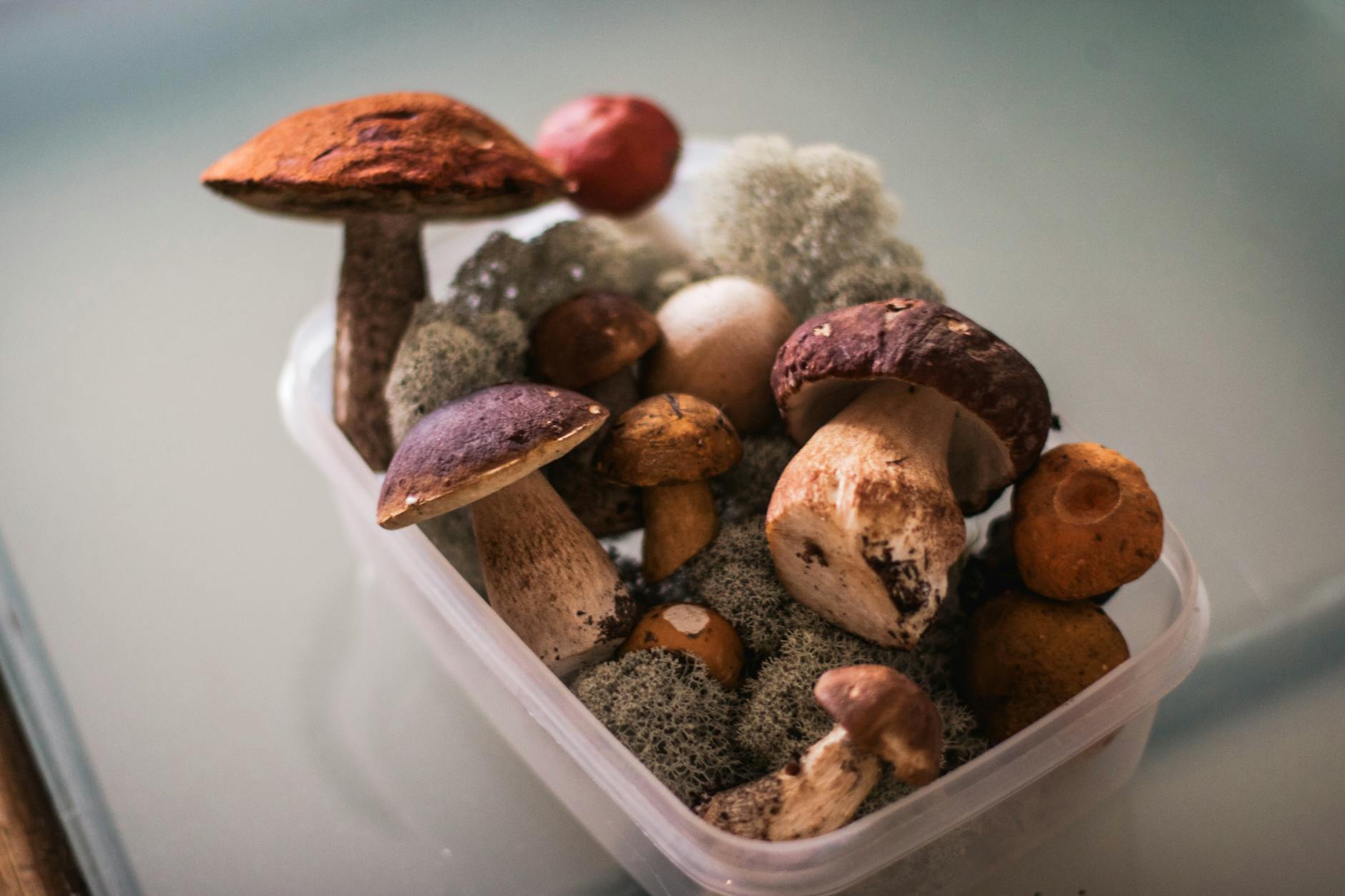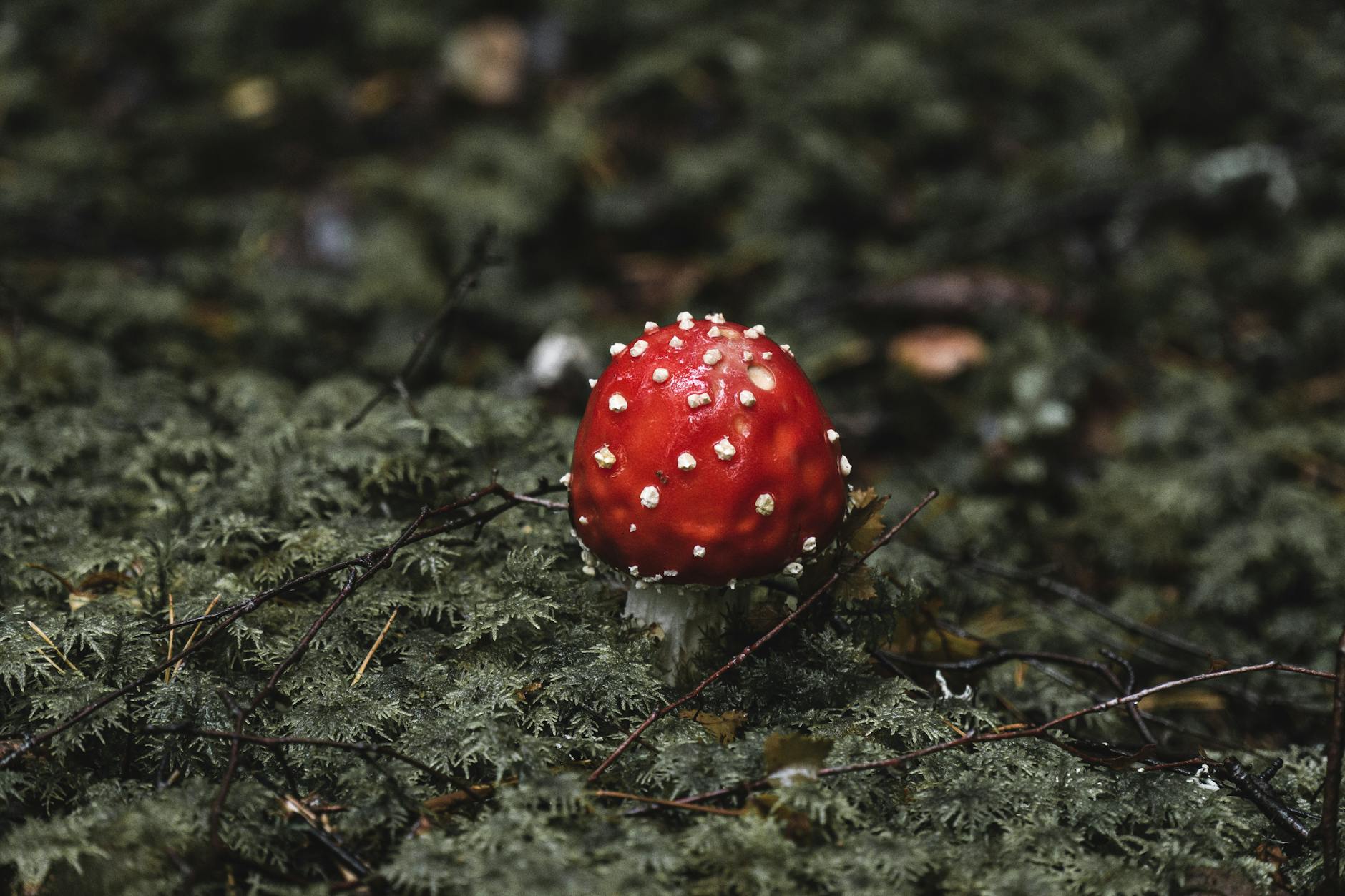Wild Mushroom Foraging: Uncover the Surprising Dangers
Wild mushroom foraging is a popular outdoor activity that allows nature enthusiasts to connect with the environment and explore the diverse world of fungi. While this hobby can be rewarding and exciting, it also comes with its fair share of risks. The allure of finding and cooking up a gourmet meal from wild mushrooms can quickly turn dangerous if foragers are not well-informed about the potential risks involved. In this article, we will delve into the surprising dangers of wild mushroom foraging and provide essential tips to ensure a safe and enjoyable experience.
The Importance of Proper Identification
One of the most critical aspects of wild mushroom foraging is proper identification. Many species of wild mushrooms look similar to edible varieties but can be toxic or even deadly if consumed. It is essential to accurately identify each mushroom and be aware of the key characteristics that distinguish edible species from poisonous ones. Without proper knowledge, foragers can easily mistake a toxic mushroom for a safe one, leading to serious health consequences.
Common Poisonous Mushrooms to Watch Out For
Several common poisonous mushrooms lurk in the wild, posing a significant threat to foragers. Species such as the Death Cap (Amanita phalloides), Destroying Angel (Amanita bisporigera), and False Morel (Gyromitra esculenta) are highly toxic and can cause severe illness or even death if ingested. These mushrooms often resemble edible varieties, making them particularly dangerous for inexperienced foragers. It is crucial to familiarize yourself with the toxic mushrooms in your region and exercise caution when collecting wild specimens.
Symptoms of Mushroom Poisoning
Recognizing the symptoms of mushroom poisoning is vital in seeking prompt medical attention. Depending on the type of mushroom consumed, symptoms can range from mild gastrointestinal upset to organ failure and death. Common signs of mushroom poisoning include nausea, vomiting, diarrhea, abdominal pain, dizziness, and in severe cases, liver or kidney damage. If you suspect mushroom poisoning, do not delay seeking medical help, and bring a sample of the mushroom ingested for proper identification.
Safety Precautions for Mushroom Foraging
To minimize the risks associated with wild mushroom foraging, follow these essential safety precautions:
– Consult with Experts: Before embarking on a foraging trip, seek guidance from experienced mushroom hunters, mycologists, or local foraging groups. Their knowledge and expertise can help you learn to identify safe mushrooms and avoid toxic species.
– Use Reliable Resources: Invest in reputable field guides, apps, or online resources that provide accurate information on wild mushroom identification. Cross-reference multiple sources to ensure the reliability of your findings.
– Start Slow: Begin by learning about a few easily identifiable edible mushrooms before branching out to more challenging species. Gradually expand your knowledge and confidence over time.
– Never Assume a Mushroom is Safe: When in doubt, do not consume a wild mushroom. It is better to err on the side of caution than risk poisoning yourself or others.
Conclusion
Wild mushroom foraging can be a rewarding and fulfilling activity for nature lovers, but it is essential to be aware of the potential dangers involved. By educating yourself on mushroom identification, understanding the risks of poisonous species, and following safety precautions, you can enjoy the experience of foraging for wild mushrooms safely. Remember, when it comes to wild mushrooms, it’s better to be cautious than sorry.


